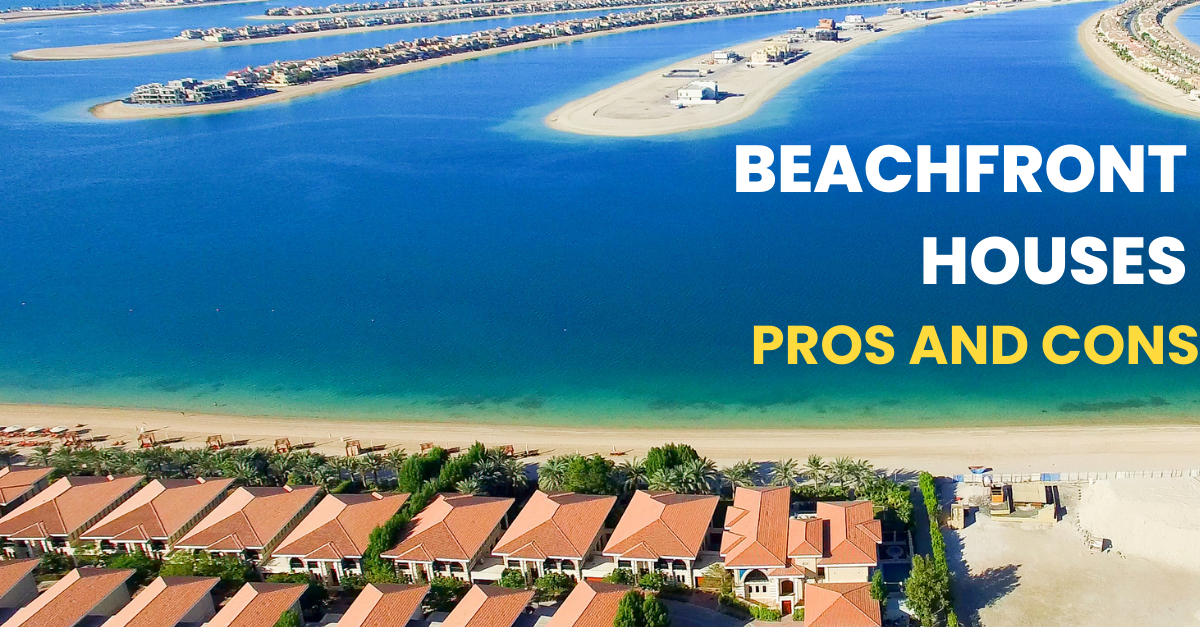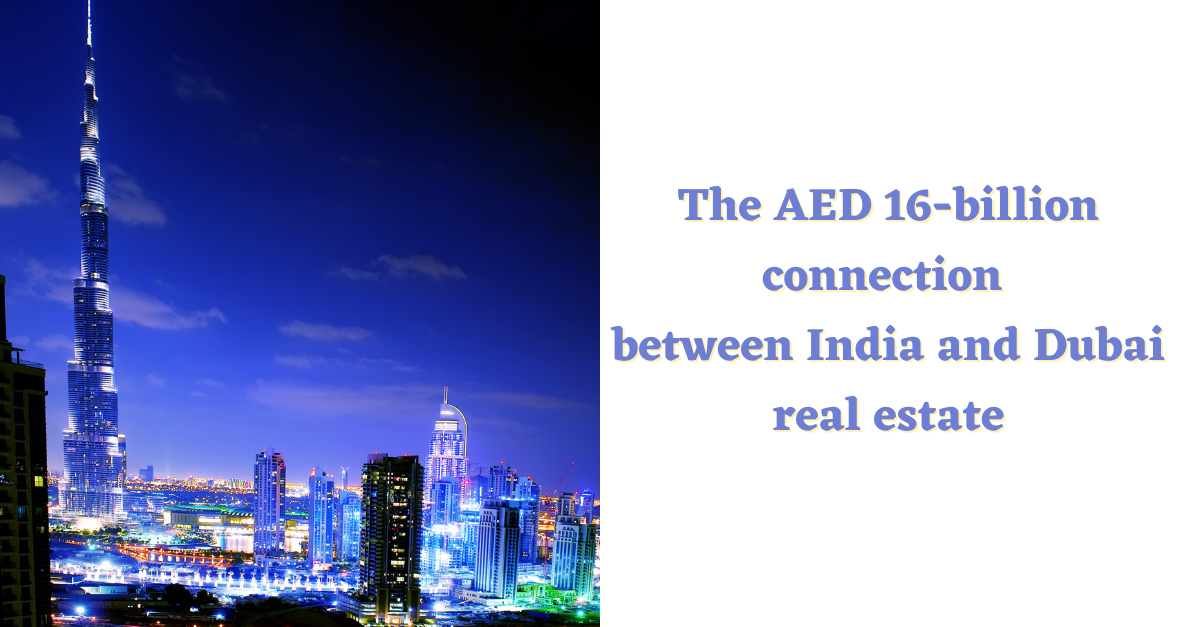Co-living spaces spell disruption
The rise of co-living, a modern form of housing in which occupants share common spaces, has largely been driven by affordability. Such spaces embody concepts of openness and collaboration, encouraging occupants to interact, work and live together. Co-living arrangements can take several forms, with varying connotations in different countries – from sharing of facilities to individual apartments. For instance, in India, where the co-living market size is said to be worth $12 billion, the term encompasses paying guest accommodations and subletting, as well as shared rooms and apartments. However, as far as the UAE is concerned, co-living spaces are typically developments akin to conventional residential facilities, but with collaborative spaces or, in the case of workspaces, shared workstations designed to cater to freelancers, small business owners, entrepreneurs and work-from-home millennials. Such facilities allow occupants to be part of a community while also retaining their own personal spaces, such as a private bedroom and bathroom. Over the past year or so, co-living spaces are on the rise in Dubai.
The advantages of co-living
In the context of Dubai, the co-living market hinges on three main factors: community, convenience and cost. Young expats are in the market for compact, minimalistic and affordable housing. Remote workers, digital nomads and other professionals, who aim to surround themselves with like-minded individuals and people with similar interests, constitute much of the demand side of the co-living market. Millennials working from home, seeking an entrepreneurial vibe and urban accessibility, are leading the co-living revolution that is currently underway in Dubai. Over the past year, multiple real estate consultant firms and service providers have weighed in on the potential of such spaces, with several studies substantiating their affordability and other advantages, in comparison to conventional facilities.
According to one such study by JLL, co-living spaces offer more payment plans and contractual flexibilities, as opposed to typical rigid system of conventional rental and leasing arrangements (1). Industry experts anticipate that monthly and weekly payment plans could be on offer, as the market evolves further. Co-living spaces allow new expats in Dubai to secure housing with relative ease, as well as avoid having to pay hefty rents and security deposits, which is an emerging driver of the further expansion of this segment. Another convenience of co-living is that such facilities are a corollary of technological evolution and hence largely digitized. Amenities and ancillary offerings are vital characteristics of a co-living establishment and, while the market is still nascent in Dubai, co-living facilities are increasingly expected to be equipped with best-in-class features.
Co-living facilities are on the rise in Dubai
Dubai boasts a sizable expat workforce, and over a third of the city’s population is aged between 22 and 36. The co-living revolution in Dubai is complemented by the overall boost in the regional sharing economy as well as a rise in shared working spaces, which have registered over 130% growth since 2015. According to leading real estate portal Property Finder, co-living is also gaining ground as a new asset class in Dubai real estate, presenting opportunities for both investors and young homeseekers (2).
While the concept is new to the local market, the Dubai developer community is already preparing vigorously, to respond to this emerging trend. According to Lynette Abad, the Director of Research and Data at Property Finder, there were already 902 registered transactions for co-living spaces in Dubai, by mid July 2019 (3), with some innovative offerings that are bundling a trade licence and residency, along with a co-living space, to attract freelancers and entrepreneurs running small businesses from home.
Disruptive potential
Since 2015, global co-living funding has grown by 210%. Investors have pumped over $3.2 billion into the segment to date, out of which, $800 million has been invested in 2019 alone. As the concept has already attained mainstream status in America, European and several Asian countries, global investors are on the lookout for real estate market in which favourable conditions and demand-side economics hold future promise. Against this backdrop, Dubai is in the pole position to become a preferred investment destination, for those wishing to explore opportunities suggested by the projected returns in this segment. With ongoing governmental initiatives to strengthen the sharing economy, and an epoch-making event like Expo 2020 round the corner, the city should retain the interest of these investors for quite some time to come.
Dubai has launched new freelance work permit plans earlier this year, and has ambitious targets to court more global talent in this category. With the city’s developer community buying into the disruptive potential of co-living spaces, and the growing millennial demographic in Dubai also responding positively, this asset class looks set to emerge as another driver of growth for the regional real estate industry. As has often been the case in the past, the Dubai is proving to be fertile ground for yet another innovative solution, with the convergence of economic opportunity and changing customer values likely to drive a rapid expansion of the local co-living market.




